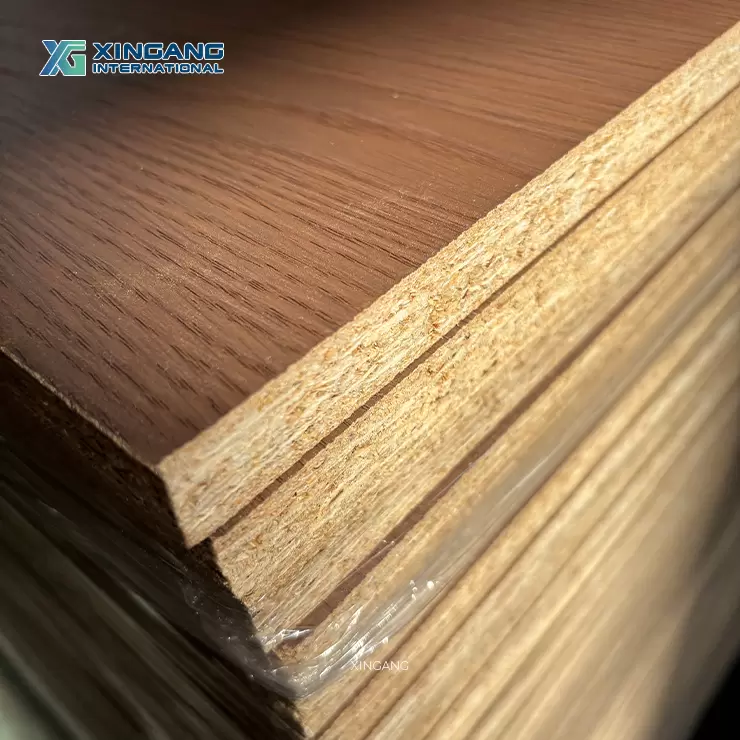Building a structure requires careful planning and the use of various materials to ensure its durability, functionality, and aesthetic appeal. In this article, we will delve into the essential materials needed to construct a building, exploring their properties, applications, and sustainable alternatives. From the foundation to the roof, we will cover each stage of construction, providing valuable insights for both professionals and enthusiasts alike.
- Foundation Materials:
The foundation is the backbone of any building, providing stability and support. Common materials used for foundations include concrete, steel reinforcement bars, and gravel. Concrete, known for its strength and durability, is often used for the foundation's base. Steel reinforcement bars enhance the concrete's tensile strength, preventing cracks and ensuring structural integrity. Gravel, on the other hand, aids in drainage and helps distribute the building's weight evenly. - Structural Materials:
To create a sturdy framework, structural materials play a crucial role. Steel and timber are the primary choices for constructing load-bearing walls, columns, and beams. Steel, renowned for its high strength-to-weight ratio, offers exceptional structural support, making it ideal for large-scale buildings. Timber, a renewable resource, is commonly used in residential construction due to its versatility, aesthetic appeal, and eco-friendliness. - Wall and Roofing Materials:
When it comes to enclosing the building, various materials can be used for walls and roofing, each with its unique characteristics. Brick, a timeless choice, offers durability, fire resistance, and excellent thermal insulation. Concrete blocks, known for their affordability and ease of installation, are often preferred for commercial buildings. For roofing, materials such as asphalt shingles, metal sheets, or clay tiles are commonly used, depending on factors like climate, budget, and architectural style. - Insulation and Energy Efficiency:
In today's environmentally conscious world, energy efficiency is a key consideration in building design. Insulation materials, such as fiberglass, mineral wool, or foam boards, help regulate temperature, reduce energy consumption, and enhance acoustic performance. Additionally, incorporating energy-efficient windows, solar panels, and smart building systems can further optimize a building's energy usage, reducing its environmental impact. - Finishing Materials:
To enhance the aesthetics and functionality of a building, a wide range of finishing materials is available. Interior finishes, such as gypsum boards, paint, tiles, and hardwood flooring, contribute to the overall ambiance and functionality of the space. Exterior finishes, including cladding materials like stone, metal panels, or fiber cement boards, not only protect the building from weather elements but also add visual appeal.
Conclusion:
Constructing a building requires a careful selection of materials that meet structural, functional, and aesthetic requirements. From the foundation to the finishing touches, each material plays a vital role in ensuring the building's longevity and performance. By considering sustainable alternatives, incorporating energy-efficient features, and embracing innovative materials, we can create buildings that are not only visually stunning but also environmentally responsible. So, whether you are an architect, engineer, or simply interested in the construction industry, understanding the essential materials for building construction is crucial for successful and sustainable projects.





